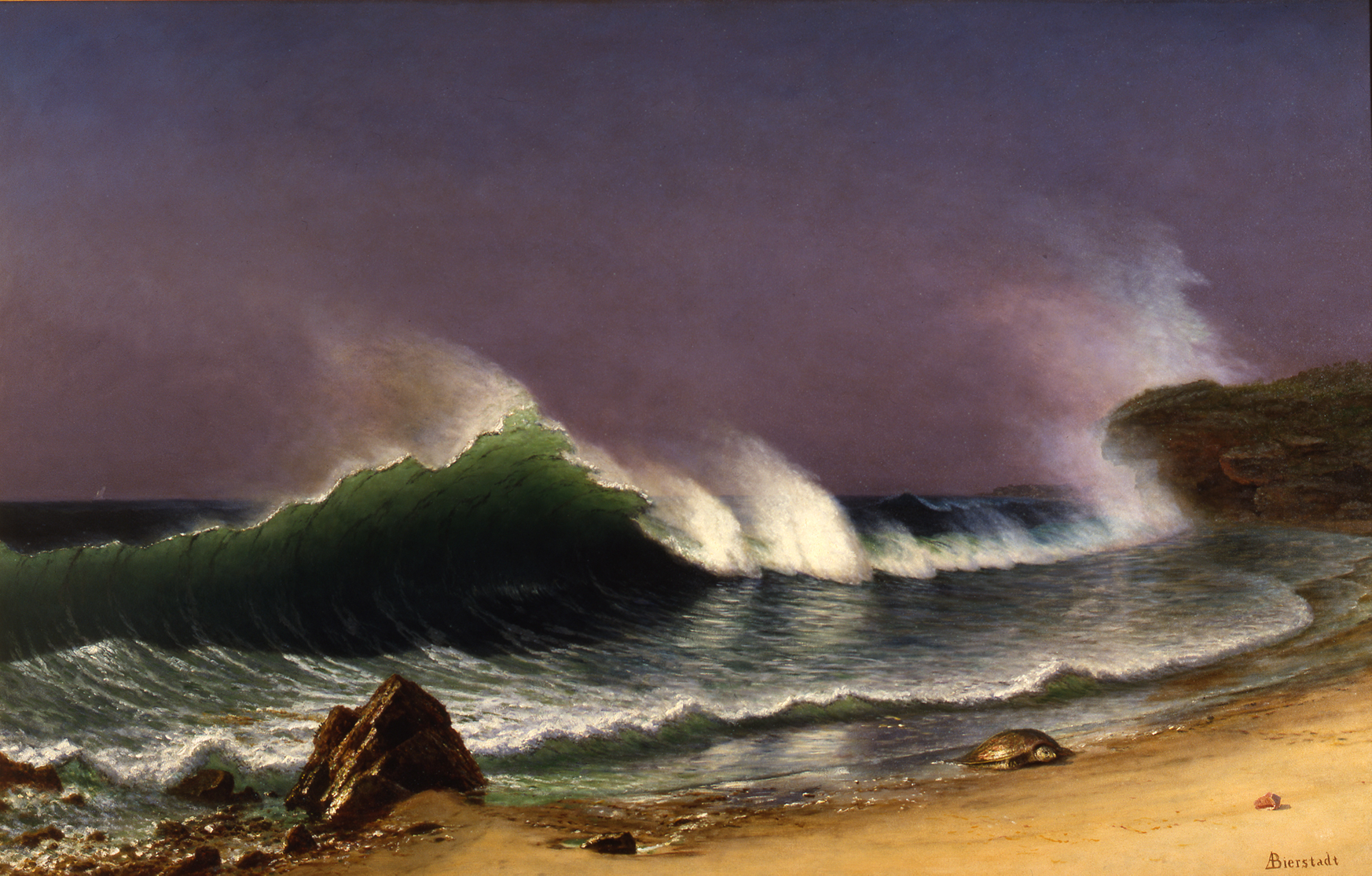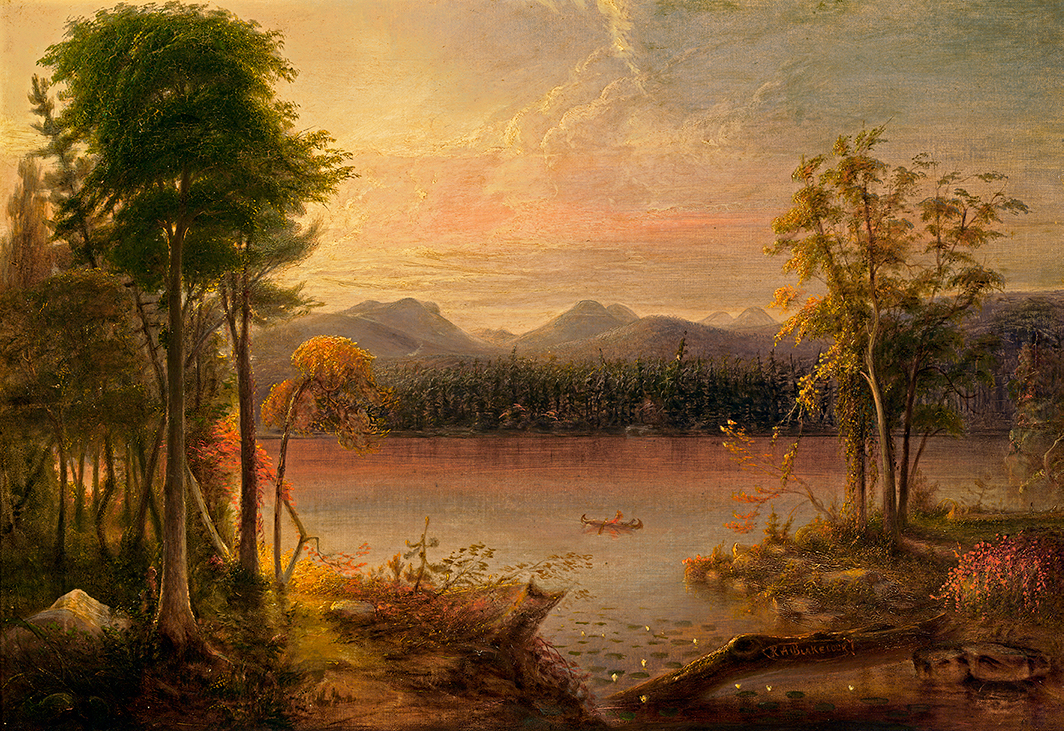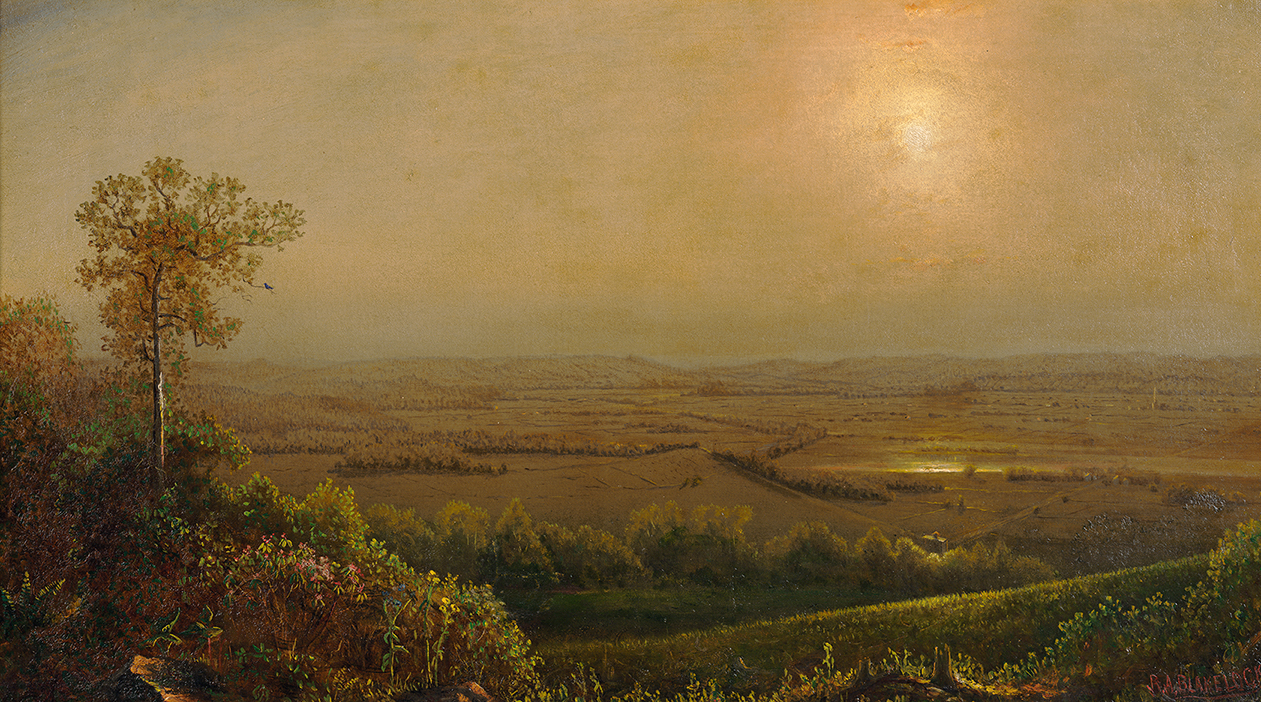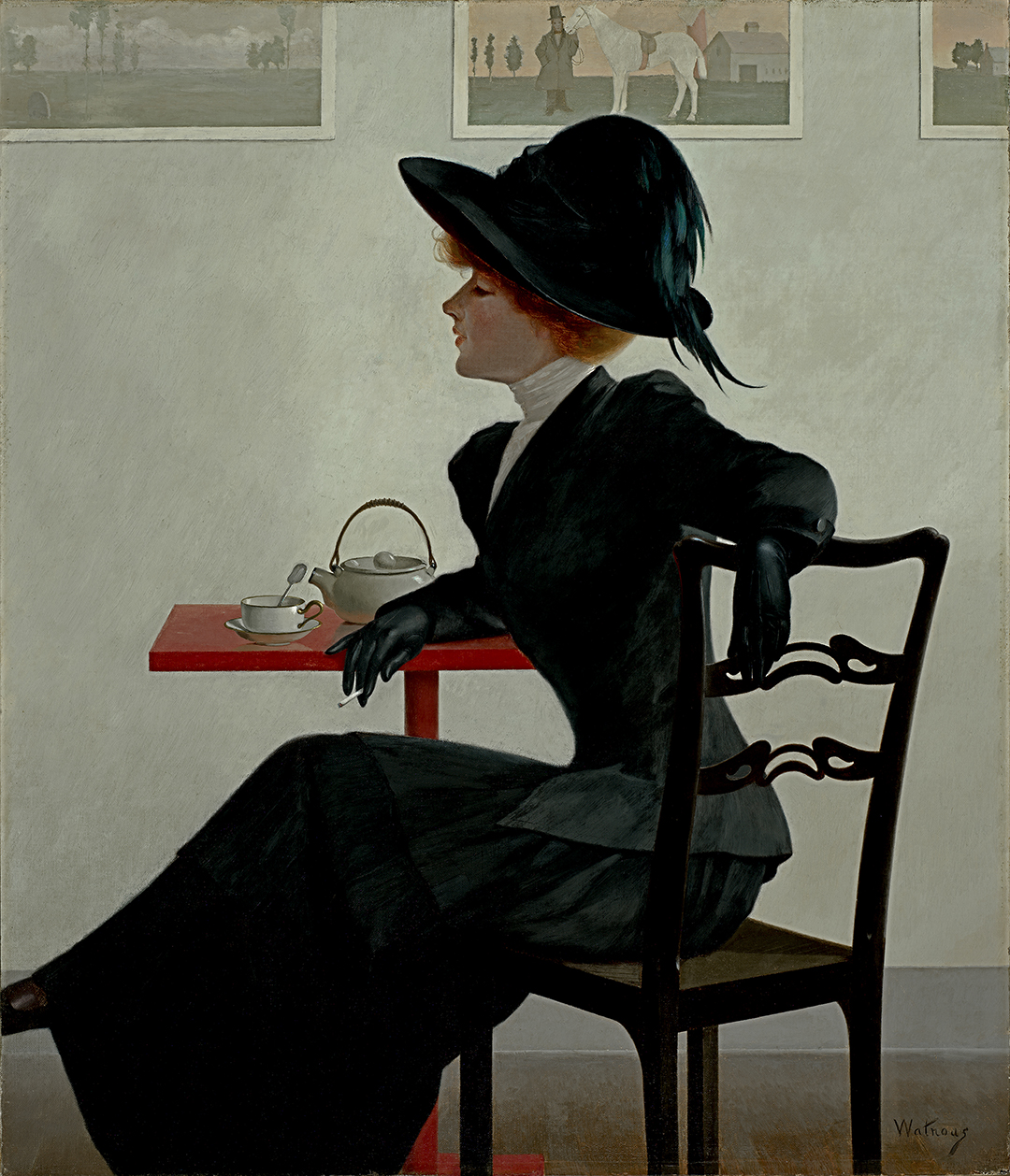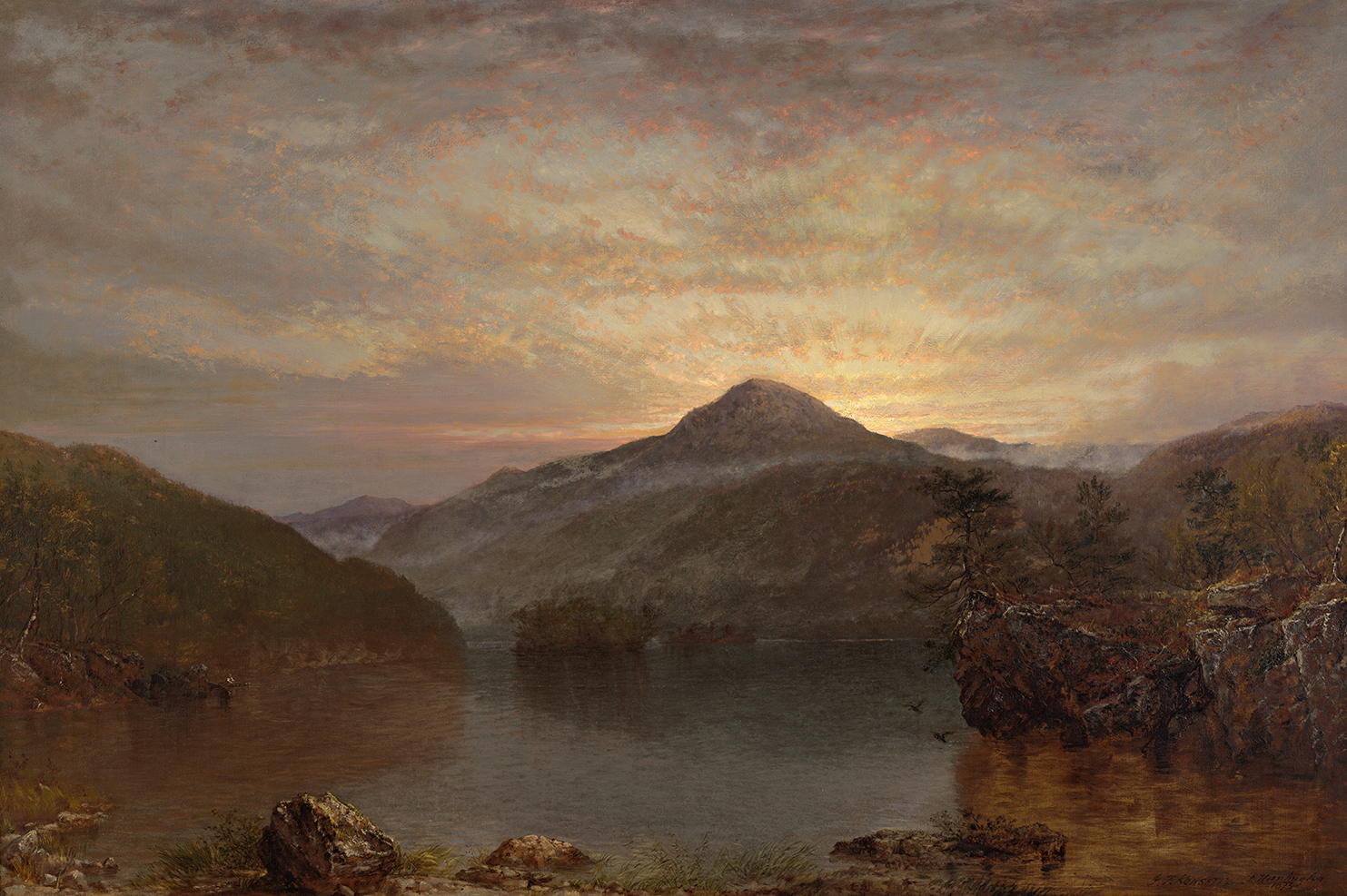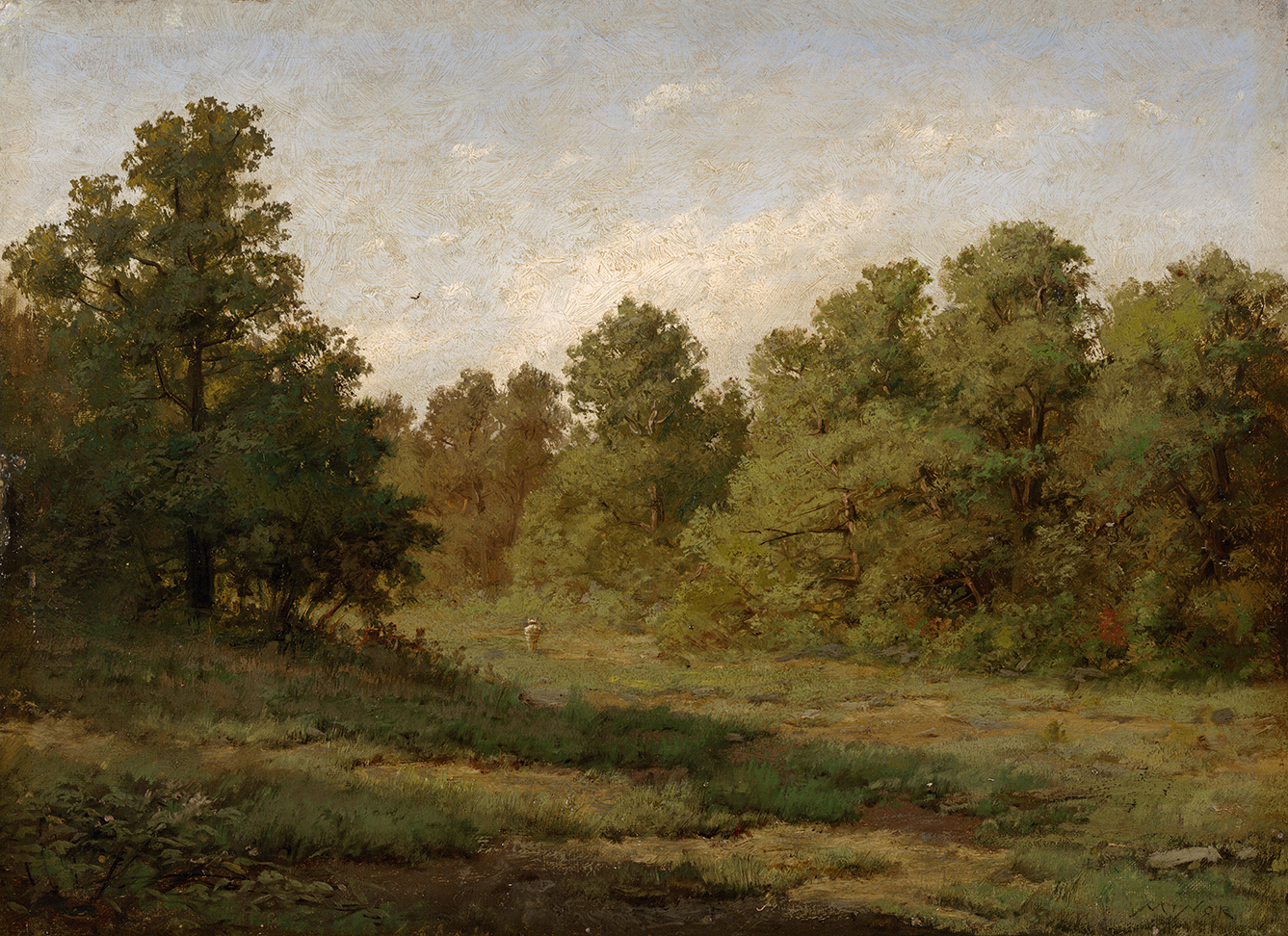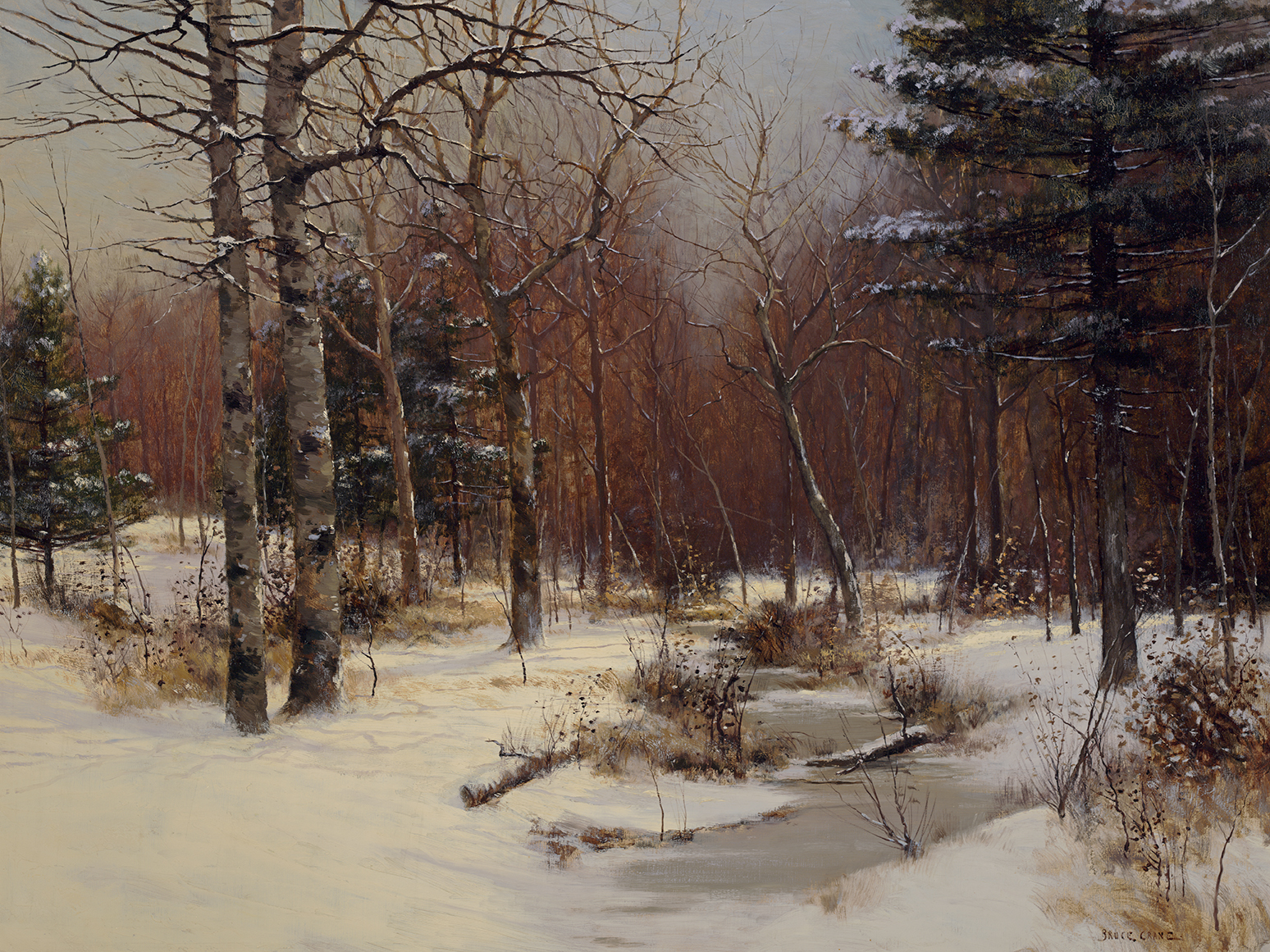Since Bierstadt spent his early life in the seaport town of New Bedford, it is surprising that he did not turn more frequently to seascapes, a specialty of his friend William Bradford and other New England artists. Yet among his nearly three hundred catalogued works there are only some thirty marine paintings. Of these, After a Norther is a large and significant example.
In the 1850s and 1860s, Bierstadt painted a few conventional harbor scenes. In May 1872 the artist visited the Farallon Islands, which lie some miles outside the Golden Gate straight, where he made numerous studies of the rugged rock formations, crashing waves, and seals. These and similar observations of Seal Rocks, near San Francisco’s Cliff House, were the basis of four paintings in which dramatic waves figured prominently. Following his first trip to the Bahamas in 1877, Bierstadt painted the first version of After a Norther-called The Shore of the Turquoise Sea-which he exhibited in 1878. Sometime after 1878, Bierstadt executed the second and larger version now in the Haggin Museum. After a Norther was featured at the 1886 London Colonial and Indian Exhibition in the West Indian Gallery. Despite favorable reviews and the reported admiration of the Prince of Wales, Bierstadt found no buyer for the painting, which was still owned by his second wife at her death.
After a Norther reflects Bierstadt’s longstanding interest in the sublime forces of nature. Such a theme was a favorite of the Romantics, but Bierstadt has viewed the ocean’s power with a dispassionate, Realist eye. The close lateral viewpoint makes the wave seem enormous and at the same time reveals its successive stages as it rises and crashes toward the shore. He successfully captured the transparency of a rising wave, with its veining of foam tracing its concave motion, and plumes of mist whipped back by the wind. The energy of sea and wind is wittily contrasted with the sluggish movement of a turtle making its way up the sloping shore.
Not only was the sea an appropriately sublime subject, it also was suited to the drama of light Bierstadt so loved. Sunshine glows jade green through the breaking wave, bounces off the flying mist, reflects on the wet sand, glows in the sky, and traces the wave on the left, detaching it from the distant sea.
After a Norther, Bahamas exhibits the freer handling of Bierstadt’s later works, perhaps a concession to the contemporary popularity of the Barbizon School. The large, unblended strokes of the foreground contrast strikingly with the smooth treatment of the sky. The use of impasto, however, is a traditional technique.
